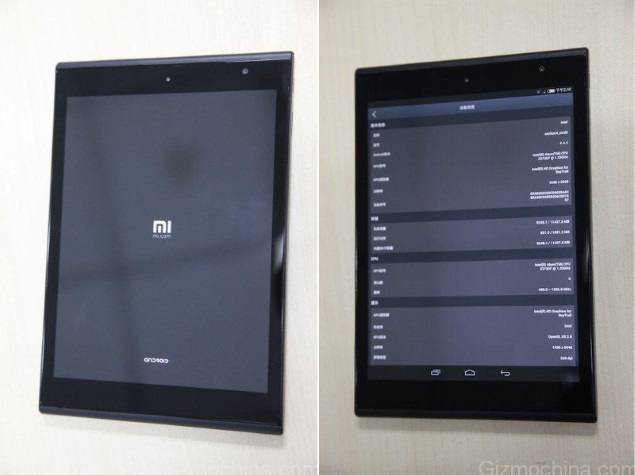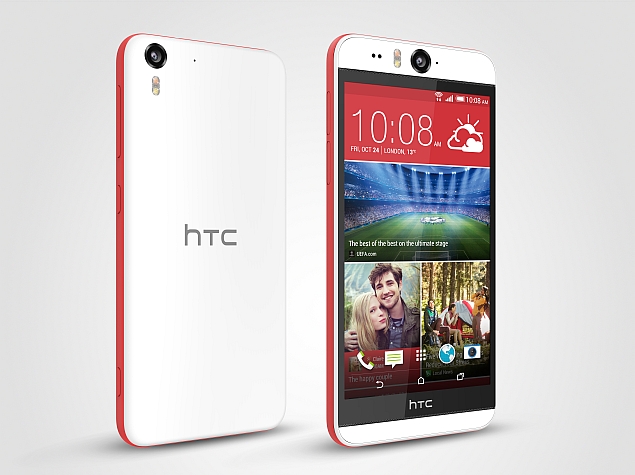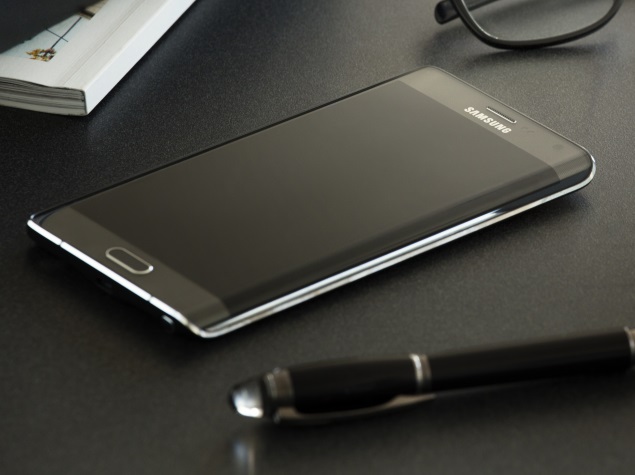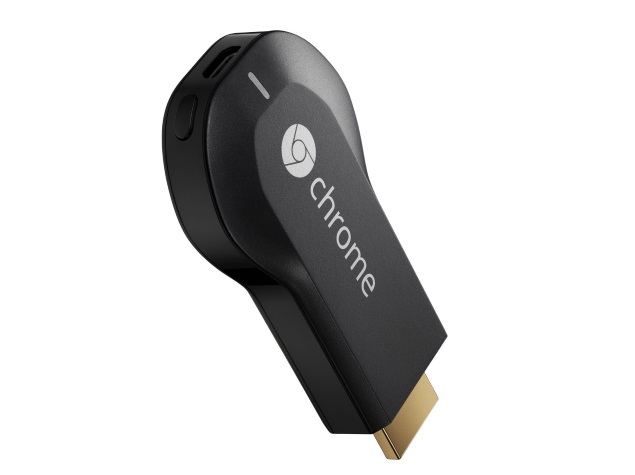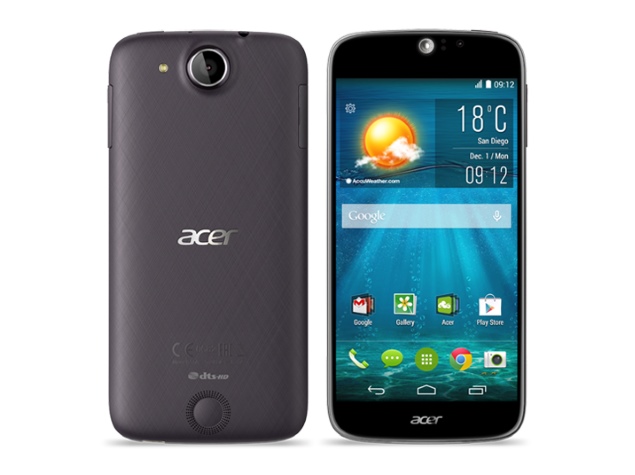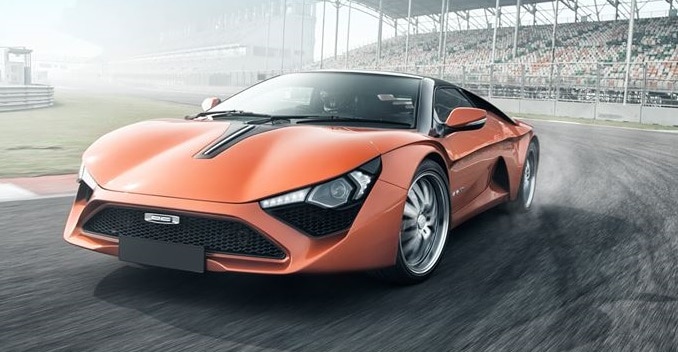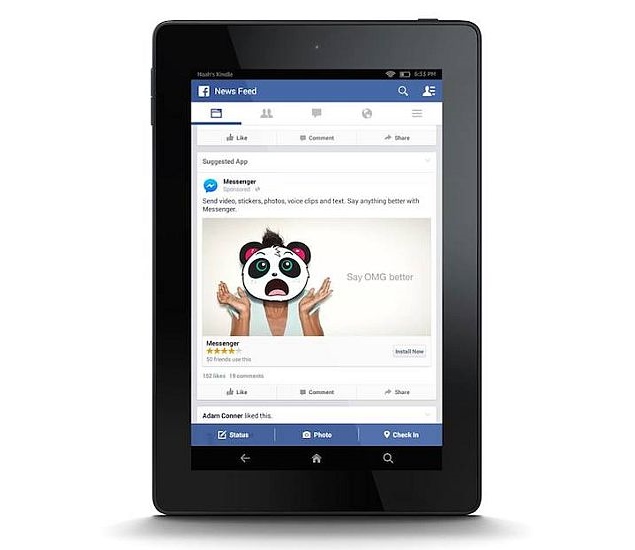While the fifth season of Game of Thrones is still a couple of months away,
Game of Thrones: A Telltale Games Series
is - despite the awkward mouthful of a name - the best way to step in
to the world of Westeros while you wait for your weekly fix of George R R
Martin's story to pick up again. This is a game that will appeal most
strongly to fans of the series, and it expects you to know about the
series. There's very little explanation of the politics of the world -
even though you have to contend with them - and even less about things
like the Red Wedding, which kicks off the game.
Before talking
about this game specifically, and how it ties in with the rest of
Martin's A Song of Ice and Fire, it's important to first talk about
Telltale Games. If you're already familiar with the company and the
games it makes then you can just skip the next three paragraphs, but if
you've not come across them before, read on.
Telltale has a long and illustrious history, but these days it is most famous for making a video game based on
The Walking Dead;
in this game, players experienced a story that was based on the world
of the television show of the same name, but featured all new characters
and therefore wasn't stuck following an established narrative.

The
game was released in a series of episodes, each of which would take
around two hours to play - you could buy a season pass and get each
episode when it released, or wait for all of them to come out, and
usually get the full game at a discount. Another potential problem is
that the episodes in Telltale's games have often been delayed, so if
you're paying full price in advance, you might suffer from unexpected
delays too.
The actual gameplay is very limited - for the most
part, you're just going to choose how to respond to people's questions,
and you might sometimes have to tap an object on the screen, or swipe to
avoid an attack. Fail one of these fights and the game ends and you
start the scene over. The conversations are much more fluid, and usually
just subtly affect the storyline - you can't fail in the game, just
experience the story.
Now, coming back to this game. Telltale's
Game of Thrones is really like an interactive episode of the show -
there's very little by way of active gameplay. Throughout the course of
the game, there are essentially three moments when you have to swipe at
the screen - and one of those was during the tutorial at the beginning
of the game. There are times where you can pick up items, and you think
that these might have a role to play, but that doesn't happen at all.
Mechanically, the only other thing you have left is walking around, and
looking at things - and in many cases, it feels like the designers put
this in only to give people something to do.

The
meat of the game lies in conversations - long talks about politics and
loyalty. The characters in the game raise questions about honour and
trust and you're left making hard choices that will have consequences
you can't guess at. Staying silent is an option in its own right, and
carries its own consequences.
While the conversations branch
around and change some of the story beats, this first episode of
Telltale's Game of Thrones seems to bring the streams back into a main
narrative; when you replay the game, you find that many things are
actually out of your control - a good metaphor for Game of Thrones as a
whole. This is not very different from how Telltale's other games play
out, but the impact of your choices feels somehow smaller here. It might
be because the viewpoint keeps flitting between three characters, and
therefore you don't get too much time making choices for just one
person.
Many of the characters, such as Cersei and Tyrion
Lannister, are voiced by the same actors as the TV show, and bear their
likenesses. Unfortunately, the game is designed to run on mobiles and
PCs and its creators clearly didn't want to limit its reach to people
with gaming hardware. As a result, the characters look quite different,
and their movements can seem stiff and unnatural. For example, it's not
unusual to see a character sticking a sword through his neck when he
sheathes it over his shoulder.
Lena Headey does a fine job as
Cersei, and Natalie Dormer and Peter Dinklage are serviceable, but Iwan
Rheon's performance as Ramsay Snow, the Bastard of Bolton, is pitch
perfect, full of unstable menace and alternating between been sweet and
friendly and then terrifyingly vicious.

The
game - like the books - follows around several point of view
characters. However, all the characters are related to House Forrester -
formerly vassals of the Starks in the North, the Forresters also
rebelled against King Joffery, and their soldiers and lord were amongst
those who perished at the Red Wedding.
In the first episode,
titled Iron from Ice, there are three point of view characters - a
Forrester squire; Mira Forrester, a handmaiden to Margery Tyrell in
King's Landing; and Ethan Forrester, the young lord of House Forrester,
following the murder of his father and elder brother.
Each of
their stories are connected, and as you make your way through the game,
it's not clear what choices are the best. Sometimes you might need to
grovel, and at other times you might need to show strength, but the game
does not make your choices simple.
This is its greatest strength,
and it leaves you wondering about your decisions. But in the end, the
story marches on, and the ending of the first episode is a grim reminder
that this is a Game of Thrones story.
If you're a gamer who is
familiar with Telltale, then the game is easy to recommend - it feels a
little weaker than The Walking Dead, but there are moments of pure
brilliance that show what is possible with this world. If you're a fan
of Game of Thrones who doesn't play video games normally, then this is
still easy to recommend. You don't need quick reflexes or to understand
gaming. You just need to be invested in the story to play.
Game of Thrones: A Telltale Games Series is available on iTunes
for Rs. 300 for the first episode. You can buy a season pass for the
remaining episodes as an in-app purchase for Rs. 1,200, or you can buy
each episode individually once it releases.

